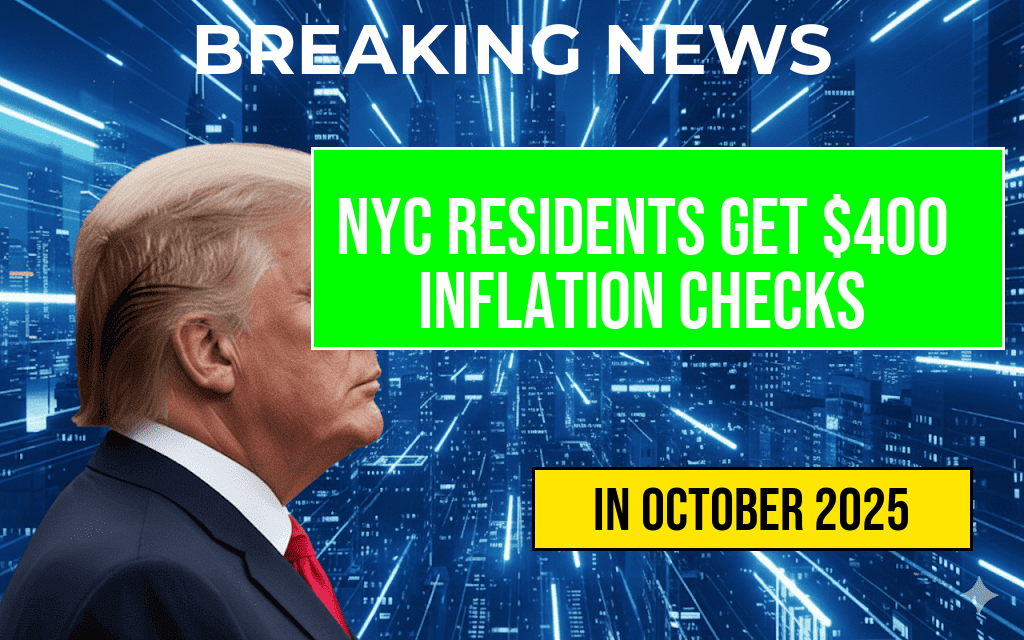The discovery of a Lincoln Wheat Penny valued at approximately $144,000 has sparked widespread curiosity among coin collectors and the general public alike. The penny, minted in the early 20th century, reportedly remains in circulation despite its rarity and extraordinary value. This intriguing situation raises questions about how such valuable coins can coexist with everyday currency circulating in wallets and cash registers. Experts emphasize that while most coins of that era have long since been pulled from circulation, certain rare specimens, especially those with unique minting errors or low survival rates, can fetch staggering sums at auctions. The story of this particular penny underscores the importance of rarity, condition, and historical significance in determining a coin’s worth, even when it still appears to be part of the daily monetary flow.
Understanding the Lincoln Wheat Penny’s Rarity and Value
What Makes a Lincoln Wheat Penny Valuable?
- Minting Errors: Coins with misprints, double strikes, or off-center images often command premium prices.
- Low Mintage Years: Certain years saw fewer coins produced, increasing rarity.
- Condition & Preservation: Coins with minimal wear, exceptional luster, and sharp details are highly sought after.
- Historical Significance: Coins from specific years or with unique features can be more desirable among collectors.
The Specifics of the $144,000 Penny
The penny in question is believed to be a 1909-S VDB Lincoln Wheat Penny, a well-documented rarity among numismatists. Its value skyrocketed after a collector discovered it in circulation, highlighting the potential for high-value coins to still be hidden in everyday transactions. The 1909-S VDB was the first year of production for the Lincoln Wheat Penny, and only around 484,000 coins were minted at the San Francisco mint. Due to its low mintage and historical significance—being the inaugural year of the Lincoln design—the coin is highly coveted. Experts note that the specific specimen fetched a sale price of $144,000 at a recent auction, emphasizing that despite its high value, it remains in circulation, actively exchanged by everyday users.
How Can a Rare Coin Still Be in Circulation?
The Paradox of Valuables in Daily Use
It might seem counterintuitive that a coin worth hundreds of thousands of dollars would still be used in daily transactions. However, several factors contribute to this phenomenon:
- Unawareness of Rarity: Many individuals handling coins daily are unaware of their potential value or rarity.
- Circulation of Old Coins: Coins from the early 20th century, especially those with low mintages, can remain in circulation for decades, often unnoticed.
- Authenticity & Condition: Even a rare coin can appear ordinary if it has been heavily circulated or mishandled, sometimes lowering its collectible value.
- Collector’s Market Dynamics: The market for rare coins is driven by auctions and private sales, not necessarily by their presence in everyday cash flow.
Prevalence of High-Value Coins in Circulation
While the 1909-S VDB penny is rare and valuable, experts estimate that only a handful exist in such pristine or desirable condition. Nonetheless, coins of significant rarity can still linger in pockets, piggy banks, or cash registers for years—sometimes even decades—without detection. This highlights the importance for collectors and casual handlers alike to recognize potential numismatic treasures among common currency.
Safeguarding Numismatic Investments
Identifying Valuable Coins
Coin enthusiasts recommend examining key features that may indicate a coin’s rarity and value:
- Mint Mark: The small letter indicating the minting location, such as “S” for San Francisco.
- Date & VDB Mark: The initials of the coin’s designer, prominently featured on certain years.
- Physical Condition: Look for minimal wear, clear details, and absence of damage.
Proper Handling and Storage
To preserve their value, rare coins should be stored in protective holders, away from moisture and handling, and appraised by professional numismatists when in doubt. Collectors also advise periodically checking circulated coins for signs of rarity, especially when coins are from the early 1900s or have distinctive markings.
References & Further Reading
Frequently Asked Questions
What is the current estimated value of a Lincoln Wheat Penny in circulation?
The estimated value of a Lincoln Wheat Penny in circulation can reach up to $144,000 if it is a rare and highly sought-after specimen, such as the 1909-S VDB or those with unique errors.
How can I identify a valuable Lincoln Wheat Penny?
You can identify a valuable Lincoln Wheat Penny by checking for specific dates, mint marks, and errors. Key indicators include the 1909-S VDB, the 1914-D, and coins with noticeable mistakes or anomalies.
Is it common to find a Lincoln Wheat Penny worth thousands in circulation?
No, it is uncommon to find a Lincoln Wheat Penny worth thousands in regular circulation. Most valuable coins are usually found through rare finds, auctions, or specialized collectors.
What should I do if I believe I have a valuable Lincoln Wheat Penny?
If you suspect you have a valuable Lincoln Wheat Penny, consider consulting a professional coin appraiser or submitting it for grading and authentication through reputable services to determine its true worth.
Are Lincoln Wheat Pennies still collectible despite being in circulation?
Yes, Lincoln Wheat Pennies remain popular among collectors and can be valuable, especially if they are rare or in excellent condition. Even coins still in circulation can hold significant collectible value.




